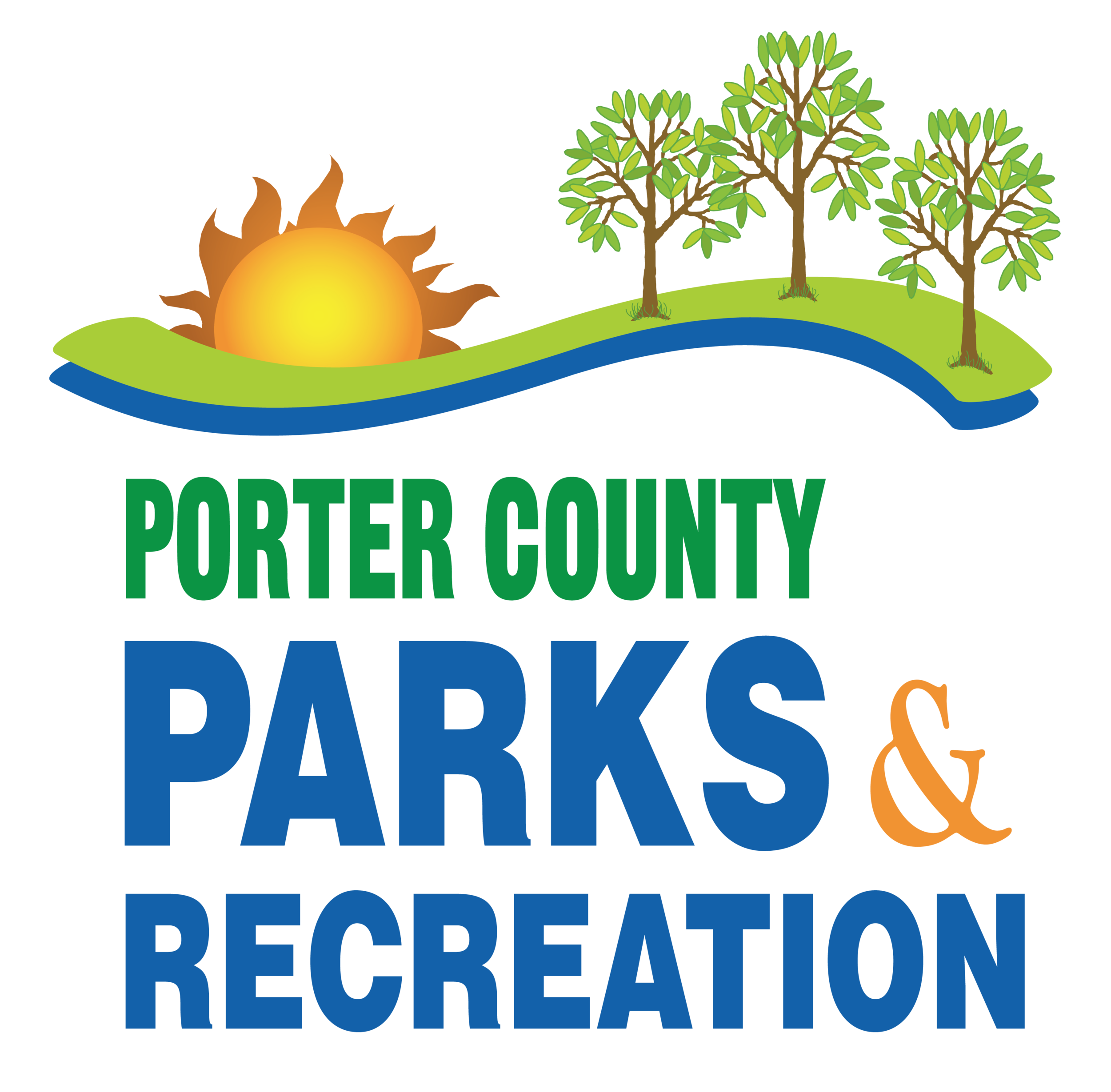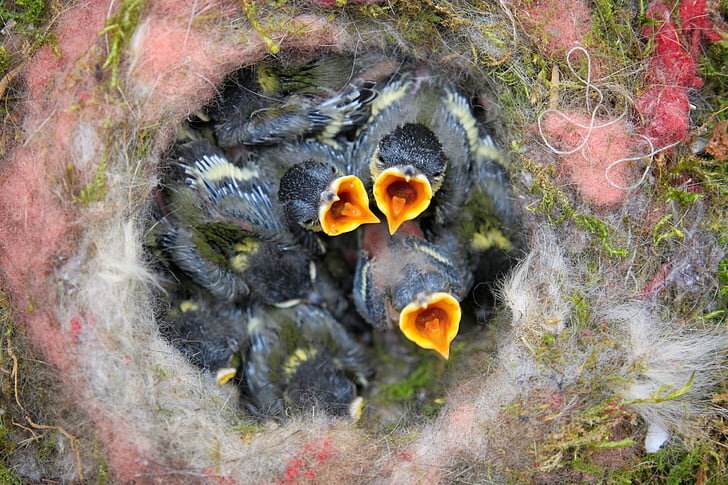Springtime Babies: Birds
One of the surest signs of spring is the arrival of the birds. As the weather warms, the birds are migrating north to their nesting and feeding grounds. This increases your chances of coming across baby birds that have fallen out of their nest. Because birds are such delicate creatures, it can be scary and confusing if you don’t know what to do! One of the best ways to learn how to help is to know the different developmental stages birds go through as babies.
Nestling
A nestling is a baby bird that is too young to leave the nest. Young nestlings are tiny, pink, and bald. Older nestlings usually have tufts of down and sparse feathers that can look like colored spikes. Nestlings stay in their nest and can only move around by dragging their bodies. If you happen to find a nestling on the ground, it needs immediate help. It has probably fallen out of the nest, or the nest has blown down. If you can see the nest, try to return the nestling to its nest. It’s a myth that a mother bird will abandon her babies if she smells the scent of humans. Birds don’t have a great sense of smell, and they don’t use scent to identify their babies. She’ll just be happy to have her baby back.
If you can’t find the nest, can’t return it, or if the baby is visibly injured, you should call a wildlife rehabilitation center immediately. If it’s during their off-hours, place the baby bird in a dark place such as a small box with air holes in the top, a blanket or towel inside, and a heating pad underneath it. It’s important to keep the baby warm and in a dark, quiet place so it doesn’t get too stressed. Do not give the nestling any food or water! I know you’ll want to help them, but if they’re fed improperly, they can inhale the food and die. You’ll be helping them more by getting them to a rehabilitation center as quickly as possible.
Fledglings
As baby birds get older and bigger, they get too big for the nest and hang out on the ground. At this point, the baby birds are called fledglings. Fledglings look like small birds with fluffy feathers and tufts of down covering their bodies. During this time, they’ll hop around and flutter on the ground while they’re learning to fly. Several fledglings will be hanging around in the same area with their mother carefully watching over them.
Many people will see fledglings struggling to fly and think that they need help. They think they’re helping the bird by taking it to a wildlife center, when they’re actually kidnapping it. No rehabilitation center can take care of that baby as well as its mother. If the fledgling doesn’t look hurt, leave it alone. The mother is watching over it and the best thing to do is to leave it in her care. If the fledgling is visibly injured, or you know for an absolute fact that it’s an orphan, then you should bring it to a wildlife rehabilitation center. They will get the baby the proper medical care that it needs. In Porter County, our local wildlife rehabilitation center is Humane Indiana Wildlife at 570 N 450 E in Valparaiso.
One of the best ways we can help wildlife is to educate ourselves with practical and useful information. Another great way is to share what we learned with others. If you see a nest or two before the leaves grow out, be sure to share what you’ve learned with the people around you. That alone would be a great reason to take a walk outside with your family!

